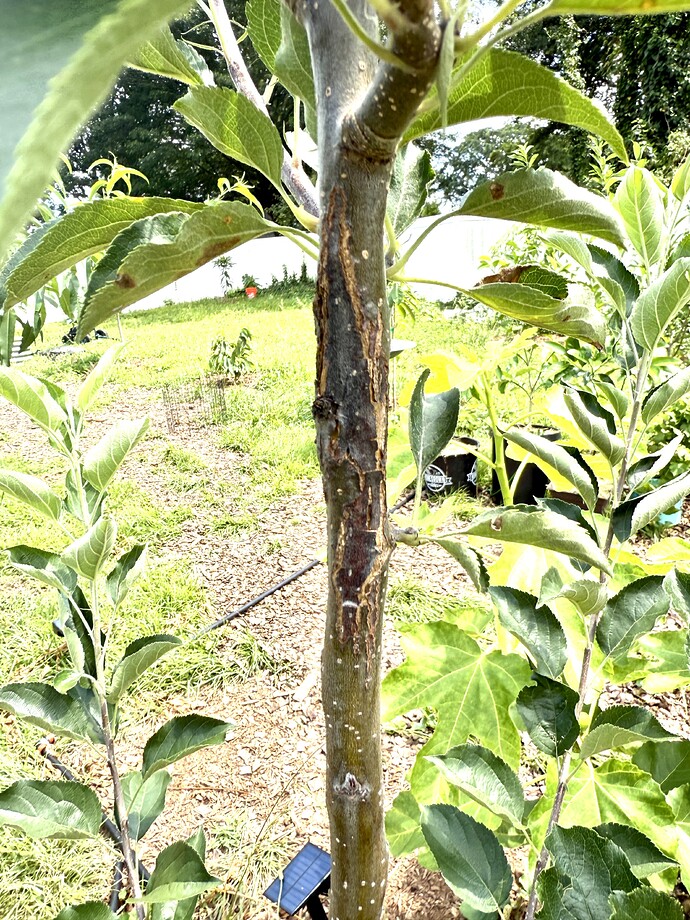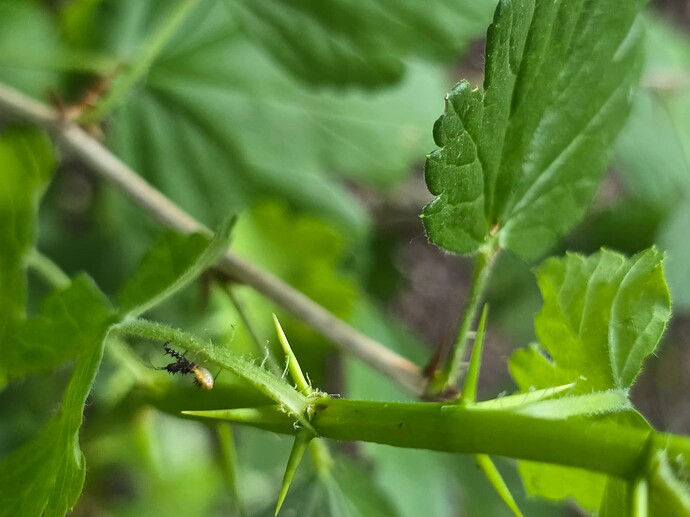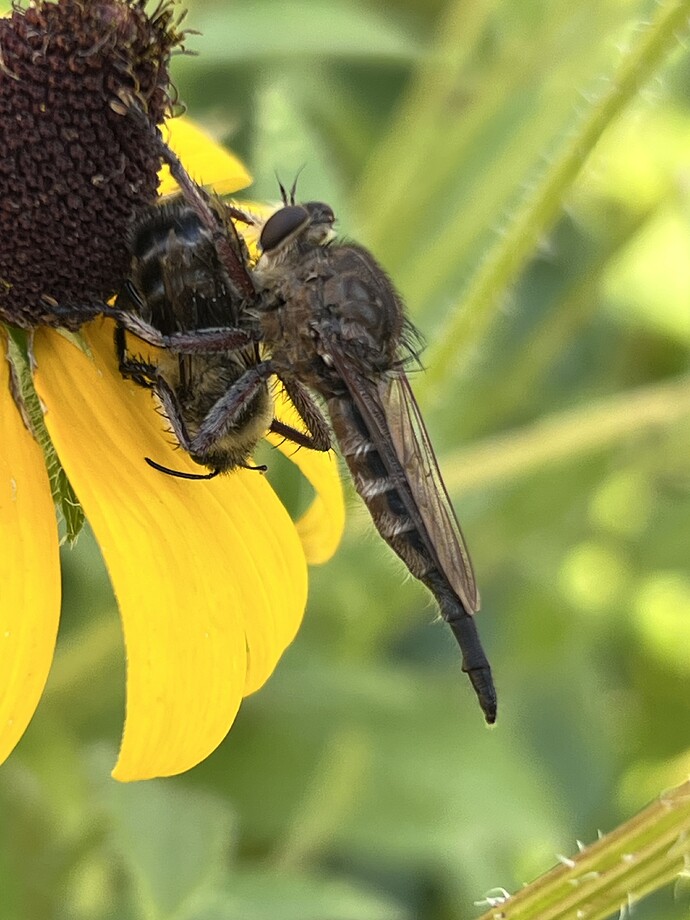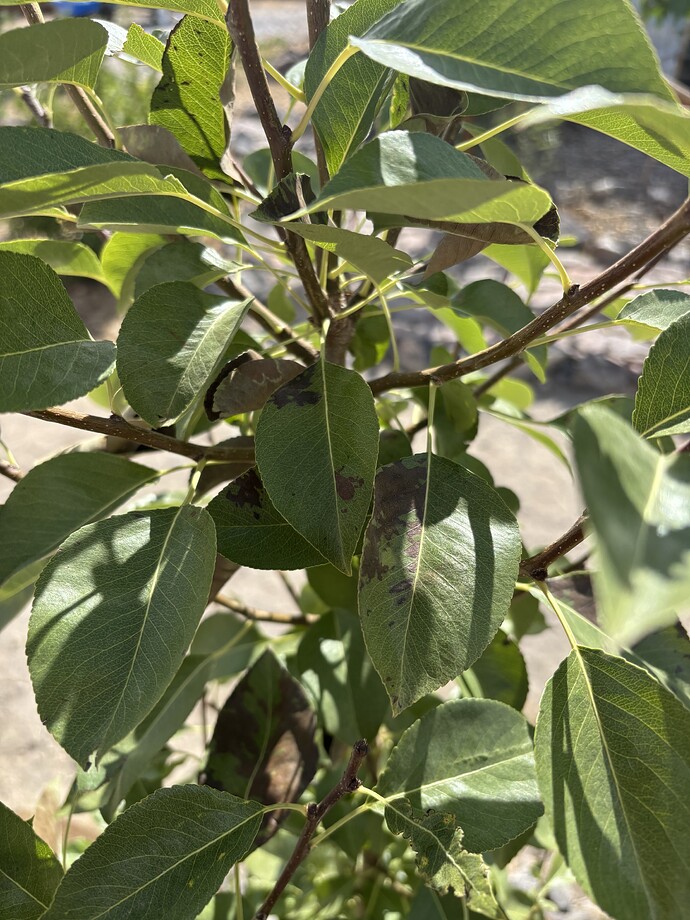I have no experience spraying for disease. But my trees it usually just stunts the trees for the spring and they don’t grow much, untill it gets into summer and they grow out of it and proceed to put on a couple feet of growth, except when the trees are damaged or get older and slow down then it really stops any production and meaningful growth.
Oh, so you just let it be? These are all containers purchased this spring, have grown nicely (equivalent to other not-plum-bareroots potted at the same time) and most are going in the ground come October. I know they’ll be healthier in the ground. Not sure if I should try to kill all the microbes and repopulate or just continue to spray beneficial and hope for the best.
I don’t spray any as of now, but that may eventually, though I’m not inclined to put in that effort yet for better or worse.
What do you mean by kill all the microbes?
Copper is destructive to a broad spectrum of microbes. Like sulfur. Or even more- sulfur lime. As I understand it. As with all things in life, I’ve been trying to boost the microbial habitat, not destroy. But, looks like rain and containers won, so will have to copper and then try to build it back.
id say canker but could be either or. cut out for a in. either way . you only need a small strip of bark for the tree to survive it or you could cut it off a couple in. below the canker and let it resprout a new leader. disinfect your tools well.
Yeah i think it’s at a good height for cutting below, may be a bit aggressive for summer pruning but probably easier to heal
Where are you? Looks a lot like Anthracnose to me. Depending on where you are you either have it or you dont, unless someone “introduced” it to you with a tree or scions you bought.
Whatever the case case, remove it and disinfect the site.
South Carolina, it’s a new tree i put in ground in fall
Well, im not sure of anthracnose is a big problem in South Carolina. I kinda doubt it. Anthracnose seems to like moderate to harsh winter dormant season. This probably came with the tree.
Its definitely something you dont want to mess around with though. I would prune that leader off and burn it.
Make sure to check the rest of the tree too.
Any idea what this is? Has tiny raptoral arms. Almost smashed it but stopped myself. It’s tiny, on my gooseberry.
We have anthracnose in Oregon, and our winters aren’t harsh at all… just very wet. I have had it on a couple of my trees.
Are the edges of the wound a little stringy/fibrous?
Possibly a Spined Assassin Bug nymph.
Hopefully it gets all the stupid wooly aphids that I’m dealing with right now… They killed about 2 ft of a new 4ft cane on my gooseberry ![]()
What is the insect over the bee?
A robber fly, a beneficial predatory insect
…except when it is carting away one of your pollinators.
I have a similar situation on my beurre hardy pear trees… both of them, fields apart, and none of my other pears are impacted. I immediately thought fireblight, but none of the shoots exhibit the classic shepherd crook strike.




